Ganghwa History Museum (강화역사박물관)
0m 45778 2021-08-13
994-19, Ganghwa-daero, Ganghwa-gun, Incheon
+82-32-934-7887
Ganghwa History Museum opened in 2010 with aims to exhibit, preserve and educate visitors about the history and culture of Ganghwa from prehistoric ages to modern times based on artifacts from the area.
Dolmen in Bugeun-ri [UNESCO World Heritage] (강화 고인돌 유적 [유네스코 세계문화유산])
197.75091917741054m 33678 2023-11-10
Bugeun-ri, Ganghwa-gun, Incheon
+82-32-933-3624
Dolmen in Bugeun-ri is a dolmen site in Ganghwa that was designated as a Historic Site for its historical value representing the funeral customs of the Bronze Age. The main stone used to create the tomb is 710 centimeters long, 550 centimeters wide, and 260 centimeters high. The dolmen is an example of the northern dolmen customs, serving as a subject of further research in the field of ancient history. The Dolmen in Bugeun-ri is also registered as a UNESCO World Heritage along with other significant dolmen sites.
Hwamunseok Cultural Center (강화화문석문화관)
3.0 Km 22512 2021-11-11
413, Jangjeongyango-gil, Ganghwa-gun, Incheon
+82-32-930-7060
Ganghwa Hwamunseok, Korea's only rush-weaving handicraft, is a cultural legacy inherited from the Goryeo period, and is a product that is exclusively produced in Ganghwa-gun. To preserve and develop its historic rush-weaving handicrafts, Ganghwa-gun constructed Hwamunseok Cultural Center at Yango-ri in Songhae-myeon, the craft's place of origin. Visitors to the cultural center will be able to view the individual features and transformations of Hwamunseok in addition to the past, present and future of rush-weaving handicrafts.
Goryeosan Mountain (고려산)
3.7 Km 32422 2020-04-27
Gocheon-ri, Ganghwa-gun, Incheon
+82-32-930-3515
Goryeosan Mountain, once referred to as Oryeonsan, is a mountain rich in folklore. Legend has it that in the year 416 (during the reign of King Jangsu of Goguryeo), a Buddhist monk named Cheonchukguk climbed Goryeosan Mountain and found Oryeonji Pond where the five-colored lotus flowers bloomed. The monk picked the lotus flower petals and blew them into the air. He then built a temple where each of the petals had landed, naming the temples according to their corresponding color: Jeokseoksa Temple, formerly Jeokryeonsa Temple (red lotus), Baengnyeonsa Temple (white lotus), Cheongryeonsa Temple (blue lotus), Hwangryeonsa Temple (yellow lotus), and Heungnyeonsa Temple (black lotus).
Around 130 dolmens are distributed along the foot of Goryeosan Mountain. Sirumisan Mountain, on the northern side of Goryeosan Mountain is said to have been the birthplace of General Yeongaesomun of the Goguryeo Kingdom.
Ganghwahyanggyo Confucian School (강화향교)
4.5 Km 22552 2020-06-29
58, Hyanggyo-gil, Ganghwa-gun, Incheon
+82-32-930-4571
First established in Ganghwa-eup during the 5th year of King Injong in the Goryeo dynasty (1127), Ganghwahyanggyo Confucian School was moved to Ganghwa-gun and then restored at the foot of Buksan Mountain (formally Songaksan Mountain) in 1624 by Sim Yeol during the 2nd year of King Injo.
Ganghwahyanggyo Confucian School is regarded as an important cultural and historical site in Ganghwa-eup.
Jeokseoksa Temple (적석사)
4.6 Km 14300 2021-08-02
181, Yeonchon-gil, Ganghwa-gun, Incheon
+82-32-932-6191
Jeokseoksa Temple is a traditional Buddhist temple that was founded around 1,600 years ago. It is known for "Gamnojeong," which is the water trickling out from the rock crevices on the east side of Daeungjeon Hall (main temple building). While the water is cool and sweet, legend has it that it dries up or turns murky in times of national crisis. According to the records, Palman Daejanggyeong (Tripitaka Koreana printing woodblocks) used to be kept in Jeokseoksa before they were moved to Baengnyeongsa Temple, then to Jeondeungsa Temple, and finally to Haeinsa Temple.
Jeokseoksa Temple is connected to Nakjodae Observatory, which offers a magnificent view of the sun setting over the West Sea. In fact, the view is so magnificent that it is admired as one of the 10 best sceneries of Ganghwado Island.
Ganghwa Seoksumun Gate (강화 석수문)
4.7 Km 13635 2020-02-06
Gukhwa-ri, Ganghwa-gun, Incheon
+82-32-930-4571
Seoksumun is a floodgate on the Dongnakcheon Stream, which flows through the town of Ganghwa-eup. The floodgate was built in 1711 (37th year of King Sukjong’s reign during the Joseon Period) and it is connected to the inner walls of the Ganghwasanseong Fortress. It is an arched structure with a design of three rainbows coming together. Made of granite, the floodgate measures 18.2 meters in length and 2.7 meters in x_height, while the arches are 1.7 meters tall, and 3 meters wide.
Ganghwasanseong Fortress (강화산성)
4.7 Km 13509 2020-03-16
San 3, Gukhwa-ri, Ganghwa-gun, Incheon
+82-32-930-5464
Ganghwasanseong Fortress was originally earthen mountain walls, built during King Go Jong’s 19th year of reign (1232), after he moved to Ganghwado. It was built to repel attacks from the Mongols. The inner castle was destroyed when the capital was moved to another place, and at the beginning of the Joseon Era (1392-1910) the wall was again rebuilt with mud.
It went through much restoration until finally being rebuilt with stones. Ganghwasanseong Fortress originally had interior and exterior walls, but only the interior wall remains today. It has an approximate circumference of 1.2km. The exterior mud wall was approximately 9km in circumference with 8 gates. The huge exterior wall was built along the side of the east channel of Ganghwa, but no longer exists today. From 1977, the interior wall has been rebuilt many times over, but the east side of this wall has yet to be reconstructed.
There were four main gates in the wall. To the south, Anparu; to the east, Cheomhwaru; to the west, Manghanru; and to the north, Jinsongru. At the west gate, the historic Yeonmudang still remains. This area was where the soldiers used to train, and was also the place where the Korea-Japan Treaty of Peace and Amity (or Treaty of Ganghwa Island) was signed in 1876.
With its aching history
left behind and beautiful scenery, Ganghwasanseong Fortress serves as an ideal place for a brisk walk or refreshing drive.
Joyang Bangjik Cafe (조양방직)
5.0 Km 98 2023-11-13
12 Hyangnamu-gil 5beon-gil, Ganghwa-gun, Incheon
+82-32-933-2192
Joyang Bangjik, which means Joyang Textile in English, was the first rayon factory established with domestic funds in 1933 in Ganghwa, but were closed down as Ganghwa textiles declined over the years. The empty building was left in ruins until it became renovated as a huge cafe. A demolished wall became a wonderful art gallery and movie theater, a long workbench was turned into a coffee table, and the space where machines and people worked was filled with antiques found in China and Europe. A British door with a broken window, a round mirror from an old train in the Czech Republic, and a fish-shaped bun machine that struggled to turn itself over every winter are naturally arranged as if they were there originally, giving an impression of time throughout the cafe by utilizing the factory and building frame of more than 990 square meters. Currently, various drinks and cakes are offered.
Goryeogung Palace Site (고려궁지)
5.1 Km 32458 2021-06-01
394, Ganghwa-daero, Ganghwa-gun, Incheon
+82-32-930-7078
Goryeogung Palace Site on Ganghwado Island is the site of the royal palace where the people of the Goryeo dynasty (918-1392) resisted the Mongolian invasion for 39 years. In the 19th year of his reign, King Gojong moved the capital to Ganghwa on account of its natural and strategic advantages. During the Byeongjahoran (Chinese invasion of Korea) in 1637, the palace was lost by force to the Qing dynasty of China. Later, Joseon Dynasty palace building and Ganghwa Yusubu (Ganghwa governor’s office) buildings existed in the Goryeo palace site but were destroyed by the French army during the Byeonginyangyo (French Campaign against Korea). Nowadays, the only structures that remain are the Dongheon main office (built in 1638) and Ibangcheong administration office (built in 1654). The palace and its subsidiary buildings were restored in 1977. It has historical lessons of the spirit of independence and overcoming national crisis.
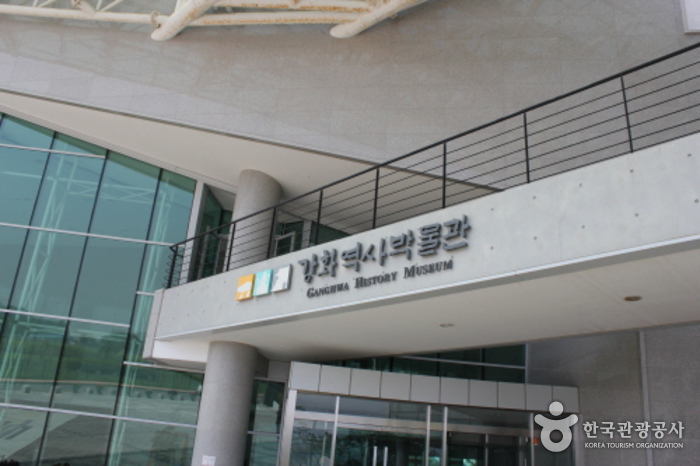
![Dolmen in Bugeun-ri [UNESCO World Heritage] (강화 고인돌 유적 [유네스코 세계문화유산])](http://tong.visitkorea.or.kr/cms/resource/77/1876577_image2_1.jpg)
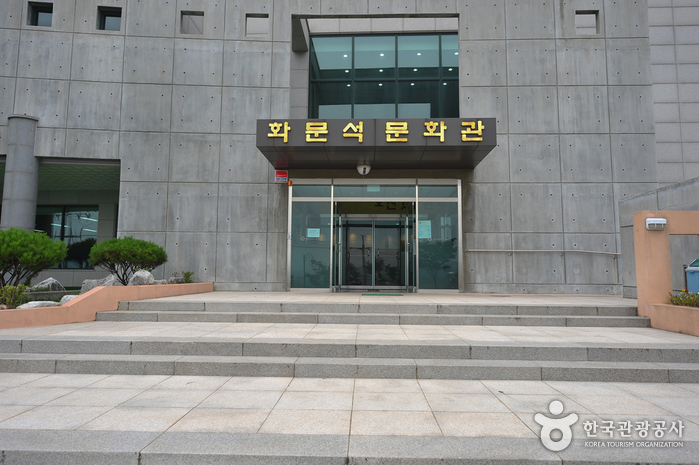

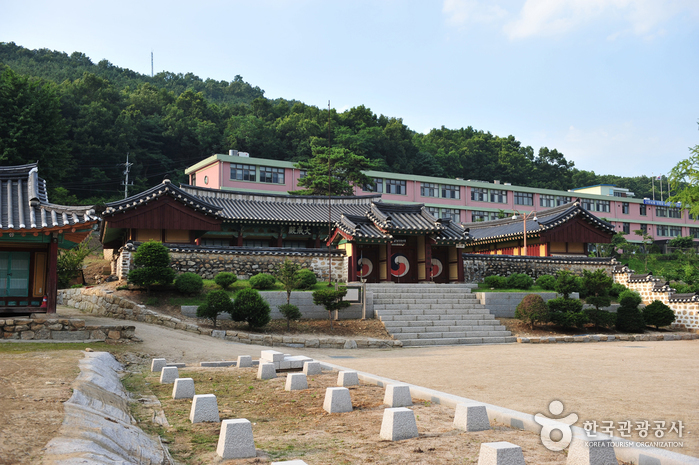

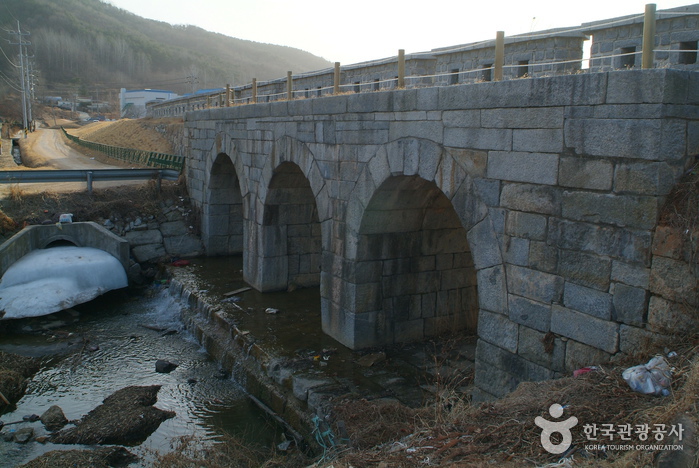
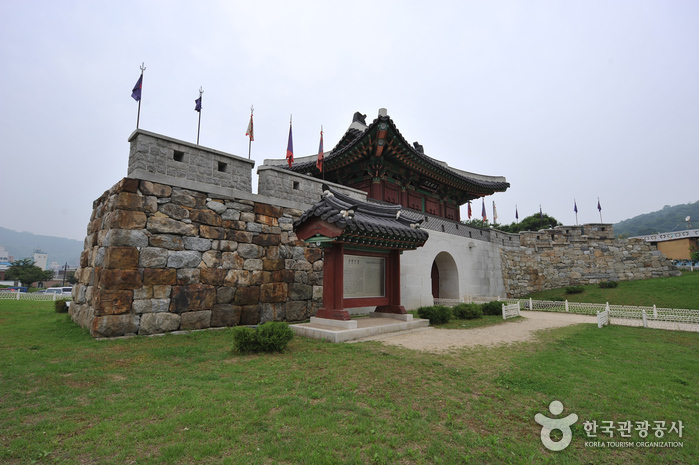
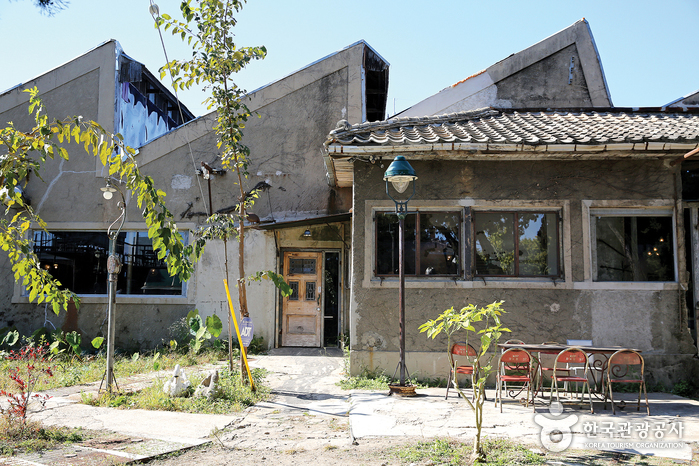
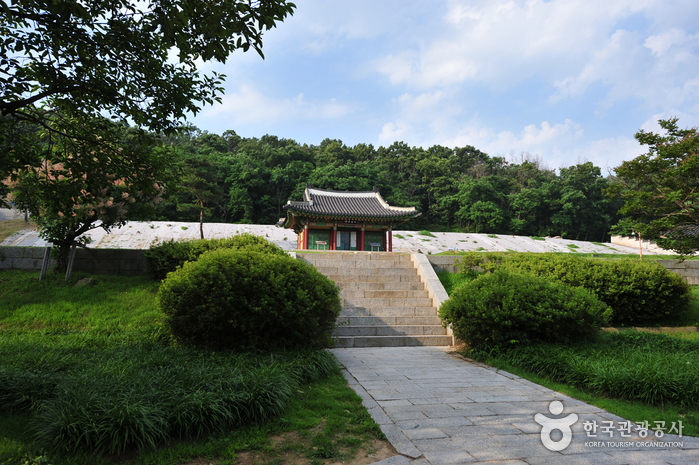
 English
English
 한국어
한국어 日本語
日本語 中文(简体)
中文(简体) Deutsch
Deutsch Français
Français Español
Español Русский
Русский